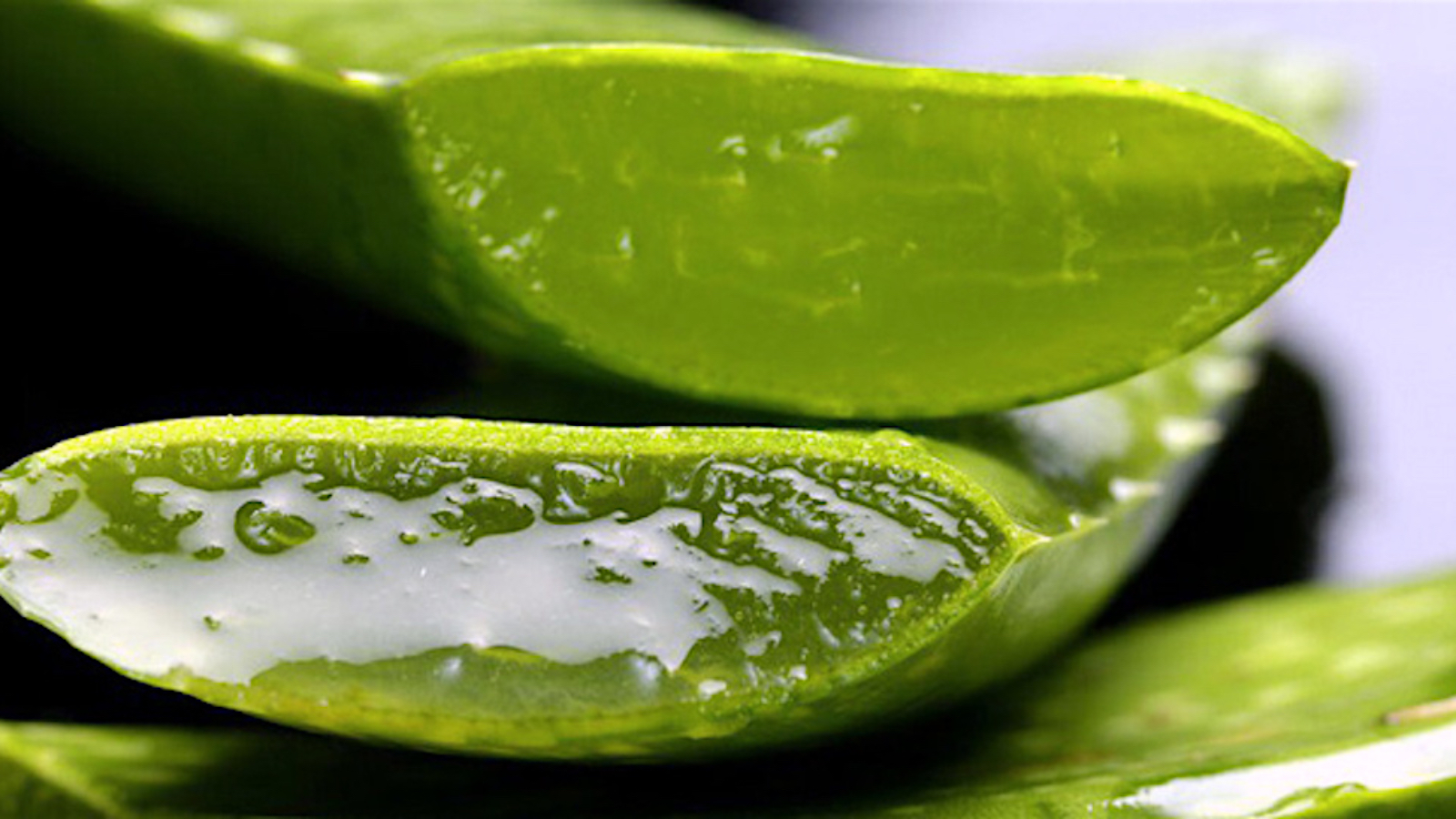Aloe Vera was known to the Egyptians as the plant of immortality for its super healing properties.
In the Americas, the indigenous people referred to the plant as the “wand of heaven” because of its unusual features.
You can have your own aloe vera plant at home for those small emergencies like scrapes, cuts, and burns,Aloe is one of the easiest plants to keep in a pot, their hardiness is legendary, even ignoring them for long periods seems not to prevent them from thriving again when given a little care. They can benefit from sandy soil and regular watering, be especially careful to water well before you harvest the leaves. That way they will be plump and rich with gel.
Preparing them is easy, just cut them into sections, soak them in water to reinse away the white sap and then remove the gel after you towel off the parts. The sap is an irritant and also stains anything it sets on, so be sure to wash the cut leaf parts as soon as you can.
Did you know that aloe vera is not just limited to topical usage? It is even more beneficial to your body when taken internally. See below for ways to use the Aloe for both internal and external needs.
Aloe vera consists of over 200 biologically active, natural constituents, which include polysaccharides, vitamins, enzymes, amino acids, and minerals. According to the Journal of Environmental Science and Health, aloe vera likewise possesses antibacterial, antiviral, and anti-fungal properties that help the body’s immune system in cleaning the body of toxins and attacking pathogens.
Aloe Vera is great for minerals
Aloe vera has loads of metals consisting of calcium, magnesium, zinc, chromium, selenium, salt, iron, potassium, copper, and manganese. These minerals work together to improve metabolic pathways.
Another mineral, the Element of Life Rhodium is more abundant in Aloe Vera than any other edible plant, making it especially valuable to improve neurological function. It was found that when the brain tissue of pigs was reduced to its basic elements, that it had a large percentage of Rhodium, an element that is not involved with proteins or structural aspects of the brain, its only purpose is to serve as a superconductive gateway for synaptic action.
Elements of Life are used by the synapses and in every cell for communications. By simple mechanical action, they become superconductive and establish the communications field used by all the cells in the body to coordinate their activities. They are quantum tunneling and able to quickly move to the center of cells to enhance and strengthen communications within the cell, so using aloe vera jell on wounds speeds healing in multiple ways, beginning with stronger information transfer and easily available two hundred natural nutrients within Aloe to the healing process.
Enzymes
Aloe vera consists of essential enzymes like amylase and lipase which can assist in digestion by breaking down fat and sugar particles. One molecule, in particular, Bradykinase, helps to minimize swelling.
Vitamins

Aloe Vera provides many vitamins in a natural and assumable form.
One study revealed that aloe vera, in fact, includes vitamin B12, which is needed to produce red blood cells.
That would be terrific news for vegetarians and vegans in particular, who frequently do not get adequate amounts of B12 through their regular diet.
Other studies revealed aloe could make vitamin B12 more bioavailable, meaning the body can absorb and use it more easily, consequently assisting in preventing deficiency.
Aloe vera is also a source of vitamins A, C, E, folic acid, choline, B1, B2, B3 (niacin), and B6. While it remains uncertain whether we can rely entirely on aloe as a source of B12, it can be used in conjunction with a supplement to help increase uptake.
Amino Acids
Aloe vera consists of 20 of the 22 vital amino acids required by the human body. It also consists of salicylic acid, which battles swelling and bacteria.
Other Uses for Aloe
Aside from being an excellent body cleanser, and eliminating harmful matter from the stomach, kidneys, spleen, bladder, liver, and colon, aloe can likewise use as a reliable remedy for more immediate ailments, such as indigestion, indigestion, ulcers, and gut inflammation.
It also enhances the digestive system and eases joint inflammation, making it an excellent choice for people living with arthritis.
One research study discovered that aloe vera juice, when taken the same way as a mouthwash, was just as efficient at eliminating plaque as the ordinary mouthwash and its active component, chlorhexidine.
This is a better alternative since it is natural, unlike the generally chemical-laden options found in stores. Aloe vera gel has also been found to recover from mouth ulcers, more typically called canker sores efficiently.
Ways To Take Aloe?
Aloe can be taken indirectly from the plant, but the most convenient and most palatable alternative is probably aloe juice, which you can find in many organic food stores.
- You can also buy the leaves from lots of conventional grocery stores, or collect your own and juice them yourself.
- You can purchase the juice and blend it into your juices and shakes or just consume it directly. Ensure you are buying pure aloe juice/gel, which is made from either the whole leaf or just the inner filet. It does have a somewhat bitter taste though, so you might wish to include other things.
On the bottle you can discover particular dosing guidelines, however, it would be smart to talk to a natural health professional or do some research to find directions on specific dosing.






